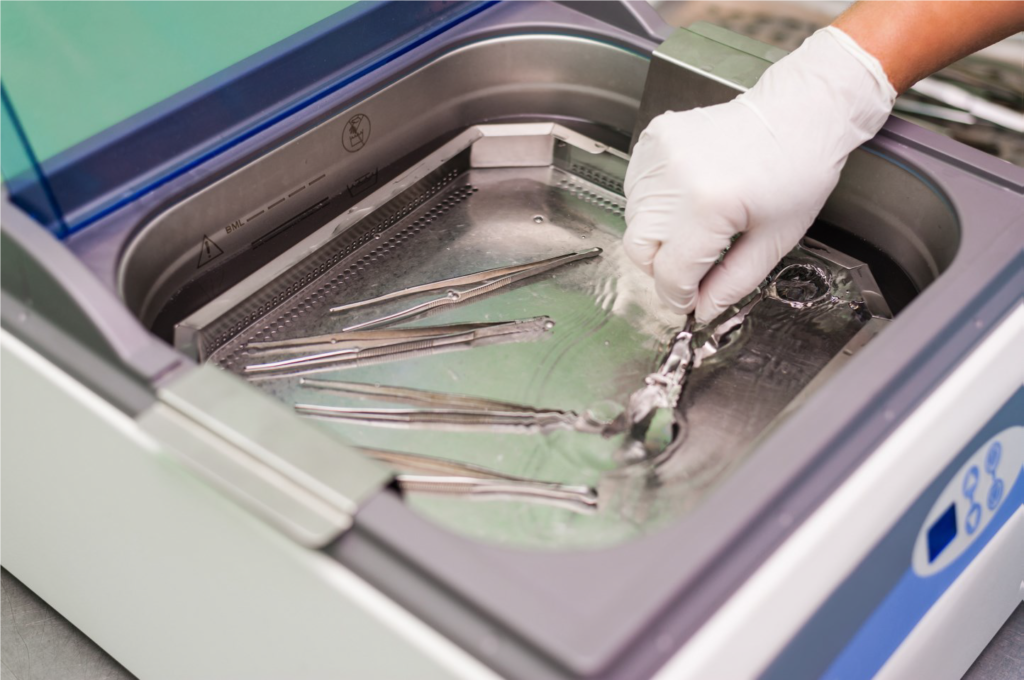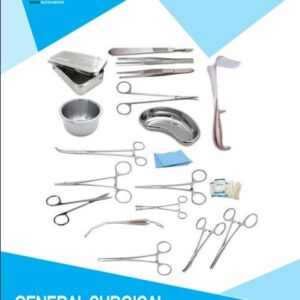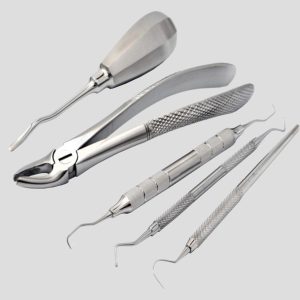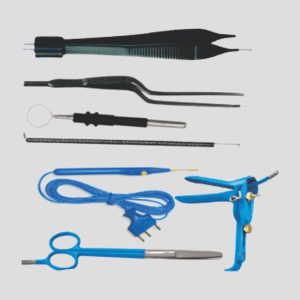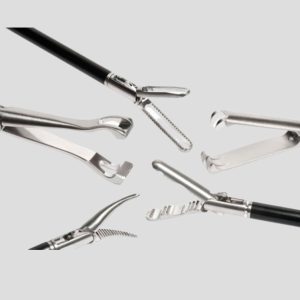Precision and accuracy are essential in laboratory settings, and the instruments you employ are critical to getting accurate findings. To avoid cross-contamination and guarantee the integrity of investigations, laboratory forceps, which are frequently used for careful handling of samples and materials, must be kept in a sterile environment. Adopting appropriate sterilization procedures is crucial for achieving this. In this thorough blog post, we’ll dig into the best ways to sterilize lab forceps, guaranteeing that the results of your tests and research are precise, trustworthy, and uncontaminated.
1. Understanding the Importance of Sterilization
Laboratory forceps come into direct contact with samples, reagents, and other materials, making them potential sources of contamination. Proper sterilization prevents the transfer of microorganisms between different samples, reduces the risk of false results, and ensures the validity of scientific research.
2. Choose the Right Sterilization Method
Autoclaving: Autoclaving is one of the most common and effective methods of sterilization. Forceps are placed in an autoclave chamber where high-pressure steam is used to kill microorganisms. Ensure that forceps are wrapped in autoclave-compatible materials to maintain sterility.
Chemical Sterilization: Chemical sterilization involves soaking forceps in sterilizing solutions, such as ethanol, hydrogen peroxide, or bleach. This method is particularly useful for delicate forceps that may not withstand high temperatures.
Dry Heat Sterilization: Dry heat sterilization involves subjecting forceps to high temperatures in a dry oven. This method is suitable for forceps made of materials that can withstand heat.
3. Preparing Forceps for Sterilization
Cleaning and Decontamination: Before sterilization, thoroughly clean forceps using soap, water, and a brush to remove any visible debris. Decontaminate them in a disinfectant solution to eliminate microorganisms.
Dismantling (if applicable): If your forceps have removable parts or delicate components, consider dismantling them before sterilization to ensure that all surfaces are effectively sterilized.
4. Proper Loading and Packaging
Use Sterilization Wraps: Wrap individual or sets of forceps in sterilization wraps made of materials compatible with the chosen sterilization method. Properly wrapped forceps maintain sterility during storage and transportation.
Avoid Overcrowding: Avoid overcrowding the sterilization chamber to ensure that each forceps receives adequate exposure to sterilizing agents or heat.
5. Sterilization Process
Follow Manufacturer Guidelines: Refer to the manufacturer’s guidelines for your forceps to determine the appropriate sterilization temperature, pressure, and duration.
Monitoring Instruments: Use sterilization indicators (tape, strips, or integrators) to ensure that the sterilization conditions have been met. These indicators change color when the correct parameters are achieved.
6. Post-Sterilization Handling
Avoid Contamination: Handle sterilized forceps carefully, using sterile gloves or forceps to prevent recontamination.
Store Properly: Store sterilized forceps in a clean and dry environment, ensuring that they remain covered until they are needed for use.
7. Regular Maintenance
Periodic Inspection: Regularly inspect forceps for any signs of wear, corrosion, or damage. Discard or repair forceps that are compromised.
Routine Re-Sterilization: If forceps are not used immediately, consider re-sterilizing them before use to maintain sterility.
8. Documentation and Record-Keeping
Sterilization Records: Maintain detailed records of each sterilization cycle, including the sterilization method used, date, time, and indicators used.
Calibration and Validation: Ensure that sterilization equipment is calibrated and validated regularly to confirm its accuracy and reliability.
Maintaining the Integrity and Reliability
Sterilizing laboratory forceps is a critical aspect of maintaining the integrity and reliability of scientific research. By choosing the appropriate sterilization method, preparing forceps properly, following sterilization guidelines, and adhering to post-sterilization handling and maintenance practices, you ensure that your laboratory operations are free from contamination and produce accurate results. By incorporating these best practices into your laboratory routines, you contribute to the overall success of your experiments, ensuring that your findings are grounded in scientific rigor and precision.
About Rigor Instruments
High-quality surgical instruments are essential to the success of any procedure, no matter how straightforward or difficult it may be for the patient, and this is where Rigor Instruments can help you.
Rigor is a second-generation surgical instruments manufacturer and surgical instruments supplier from Sialkot Pakistan providing best quality in all kinds of Surgical Instruments since 1985. Our surgical instruments include electro surgical instruments, neuro surgical instruments, plastic surgery instruments, dental surgical instruments, retractors, forceps surgical instruments, general surgical instruments, ophthalmic surgical instruments, ENT surgical instruments and many more.
Our exquisite quality and competitive pricing has given us great competitive advantage in the global surgical instruments market. Our ambition is to become a leader in international market in all Surgical Instruments.






